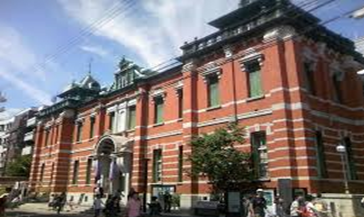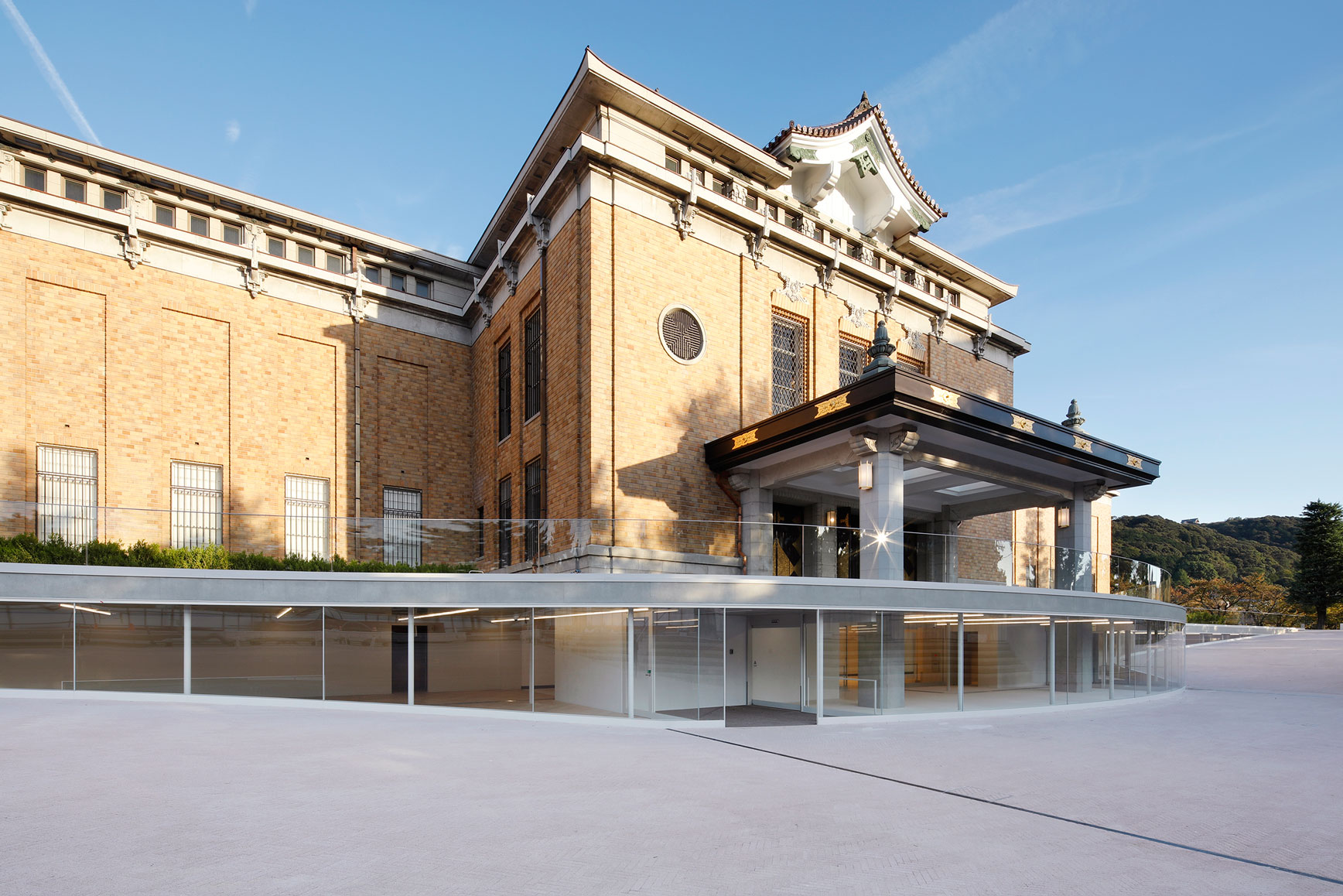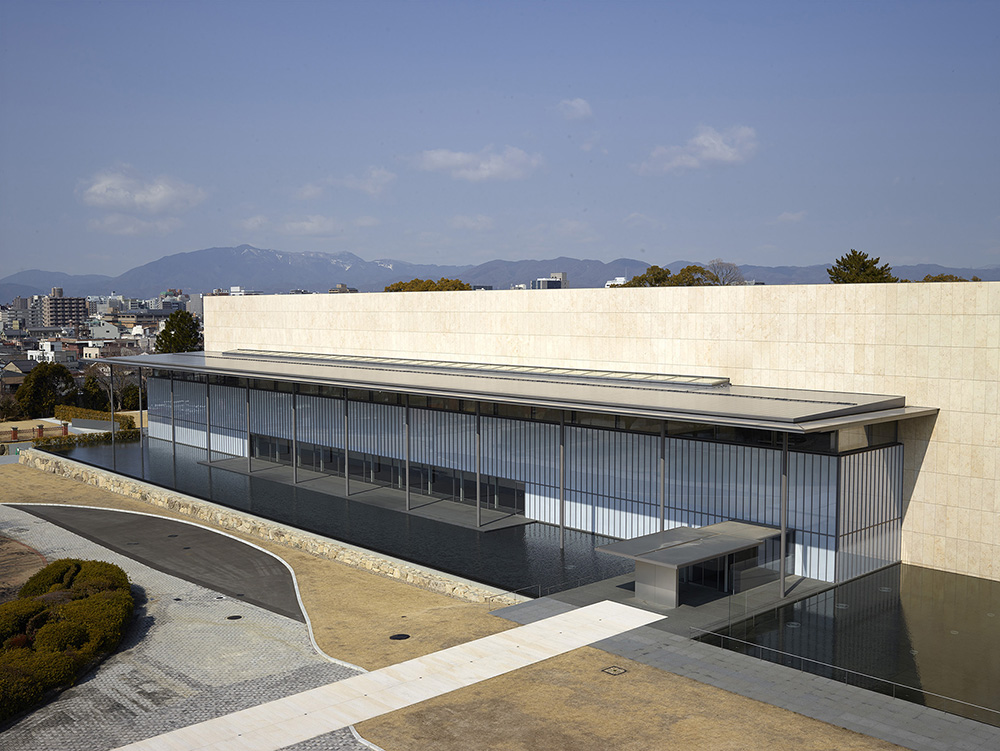サポートメニュー > 観光ガイド
観光ガイド
観光情報
京都の観光情報・主な行事
京都観光ナビ「きょうとあす」(婦人画報の京都情報サイト)
*下記の情報については、変更や中止などの可能性もございますので
必ず各催事の主催者様にお問い合わせ・ご確認をお願い致します。
主な行事
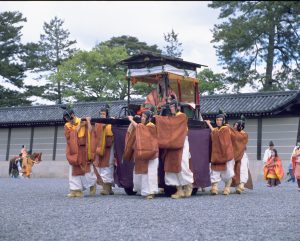
3月下旬~4月中旬
桜ライトアップ
3月末~5月末
花街「春の踊り」
5月15日
葵祭(上賀茂神社・下鴨神社)
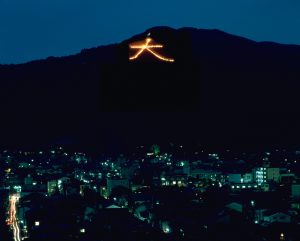
7月1日~7月31日
祇園祭(八坂神社・各山鉾町)
8月上旬
京の七夕
8月16日
京都五山送り火
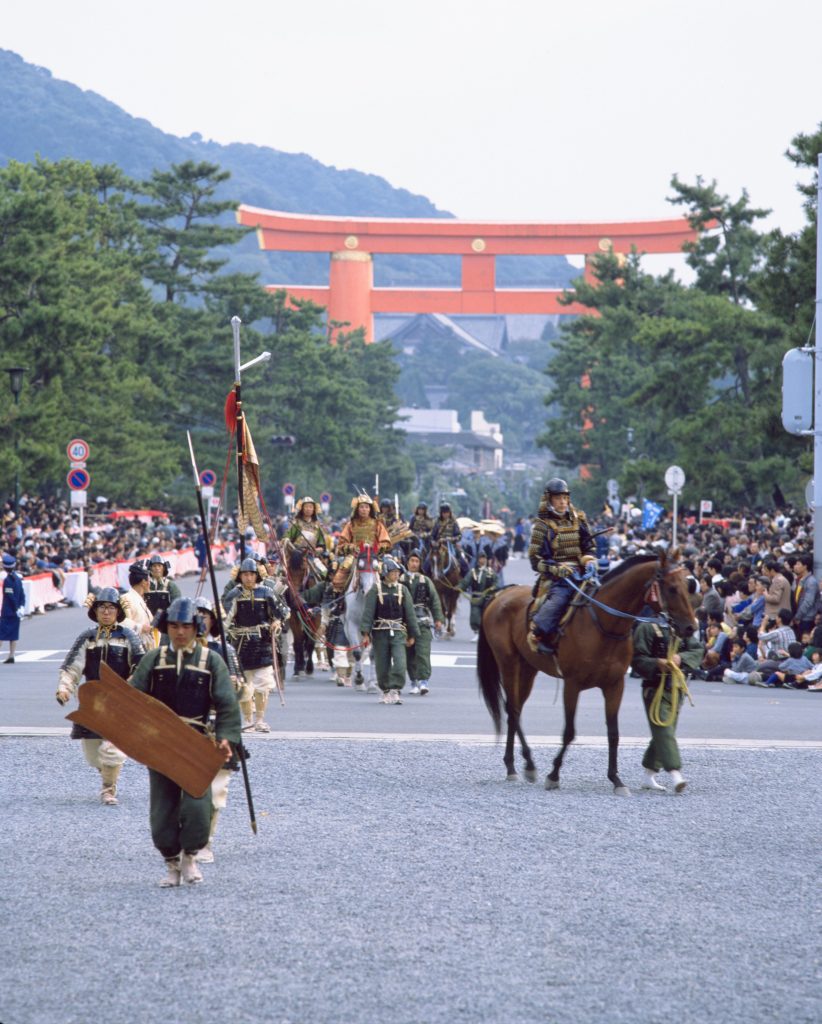
10月上旬~12月上旬
秋の特別公開
10月22日
時代祭(京都御所・平安神宮)
祇園をどり(祇園東)
11月上旬~12月上旬
紅葉ライトアップと夜間特別拝観
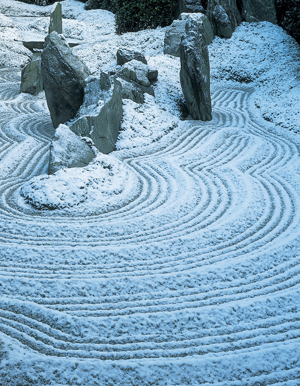
12月
吉例顔見世興行 東西合同大歌舞伎(南座)
12月~3月
京の冬の旅
その他
東寺・弘法市 毎月21日
北野天満宮 毎月25日
京都を代表するミュージアム
| 京都文化博物館 |
京都の歴史と文化をわかりやすく紹介する総合的な文化施設。赤れんがの別館は、旧日本銀行京都支店の建物で明治を代表する近代建築として重要文化財に指定されている。京の町屋の街並みを再現した“ろうじ店舗”ではレストランで一休みしたり、買い物を楽しめる。
|
|---|---|
| 京都国際マンガミュージアム |
京都市と京都精華大学の共同事業で、マンガの収集・保管・展示及びマンガ文化に関する調査研究を行う文化施設。旧・龍池小学校の校舎を改築して利用している。
|
| 京都市京セラ美術館 |
撮影:来田 猛 京都市京セラ美術館は1933年(昭和8年)、「大礼記念京都美術館」として開館し、第二次世界大戦後には「京都市美術館」として活動してきました。開館以来、90年近くの長きにわたり親しまれてきた建物は、今や現存する日本で最も古い公立美術館建築です。
|
| 京都国立近代美術館 |
国内外の近代美術品約12,000点を収蔵。特に京都画壇や関西洋画壇の作品収集で知られ、版画、陶芸、彫刻、デザイン、写真など、その他の資料も収集・保管されている。
|
| 京都国立博物館 |
千年の都京都の文化財を中心とした展示・保存・研究を進める国立博物館。
|


